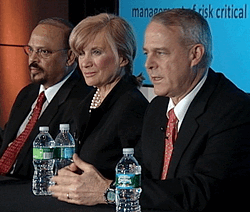
From Prudential, Prudent Forecasts for 2013
“We’re overweight stocks across the world. We’re also overweight high-yield bonds even though the rally there has been going on a long time,” said Edward F. Keon of Quantitative Management Associates, a unit of Prudential Financial.


